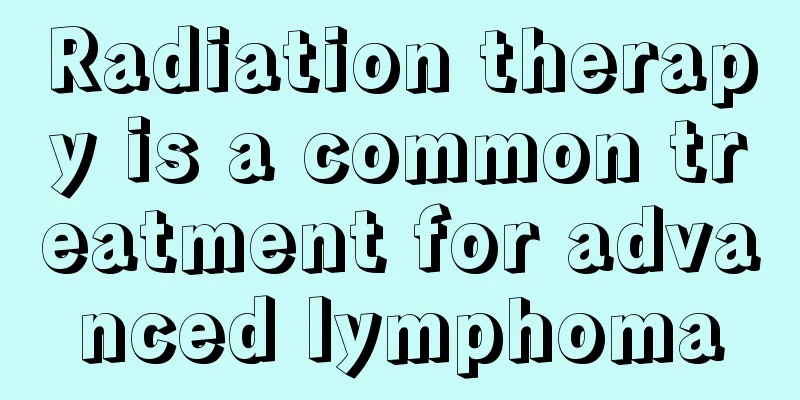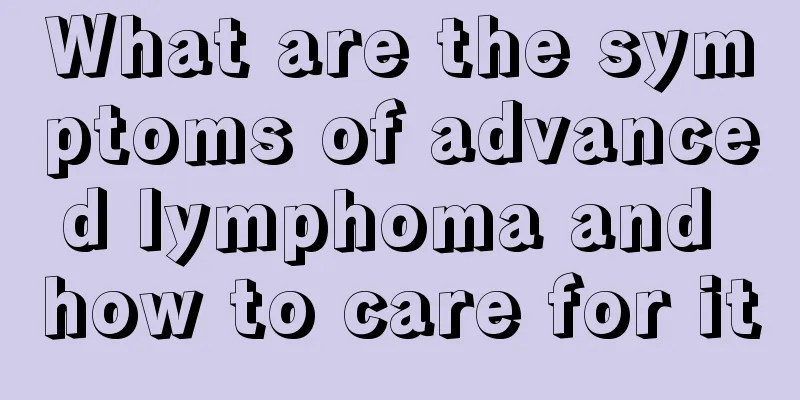What are the surgical treatments for ovarian cancer?

|
Ovarian malignant tumors can be treated with surgery, chemotherapy and radiotherapy. However, due to the complexity of its pathological types, qualitative, localized diagnosis and staging are difficult to determine without laparoscopy or laparotomy. Therefore, except for cases where surgery is not possible or the type of tumor is roughly understood but the patient's general condition is not suitable for surgery, surgery is generally the first choice. Surgical exploration can further clarify the type of tumor and its scope of involvement, and clarify the staging, which can not only provide a basis for postoperative chemotherapy and radiotherapy, but also remove the tumor as much as possible during the operation, which can also create conditions for postoperative chemotherapy or radiotherapy and improve the efficacy. Surgical treatment: Surgery is the most important means of treating ovarian malignant tumors. Unless it is clinically estimated that the tumor cannot be removed or there are contraindications to surgery, surgery should be performed first. 1 Comprehensive: Laparotomy to determine the stage: Applicable to patients with ovarian cancer diagnosed as stage I before surgery. Including total hysterectomy and bilateral oophorectomy, omentectomy, pelvic and para-aortic lymph node dissection, and peritoneal cytology (ascites or pelvic and peritoneal washings). 2. Tumor cytoreductive surgery: Applicable to cases above stage II. 3 Secondary exploratory surgery: within 1 year after successful tumor cell reduction surgery, at least 6 courses of chemotherapy were implemented, and clinical examinations and auxiliary examinations (including tumor markers such as CA125) were normal, and laparotomy was performed again. Surgical methods are divided into radical surgery and conservative surgery that preserves fertility. The scope of radical surgery includes bilateral adnexa, uterus, omentum, appendectomy and pelvic and retroperitoneal lymph node dissection. For patients with extensive tumor implantation and metastasis in the pelvis, it is recommended to perform tumor cell reduction surgery as much as possible. Williams et al. reported that the complete remission rate of postoperative chemotherapy for patients with clean surgical resection was 83%, the complete remission rate of patients with basically clean resection (residual tumor diameter <2cm) was 59%, and the complete remission rate of postoperative chemotherapy for patients with partial resection (residual tumor diameter >2cm) was 42%. Therefore, although malignant germ cell tumors are sensitive to combined chemotherapy, removing the tumor as cleanly as possible during surgery is still the key to successful treatment. The above is an introduction to "What are the surgical treatments for ovarian cancer?" For people who are related to the pathogenic factors of ovarian cancer, it is recommended to take preventive measures against ovarian cancer. If you have other questions about ovarian cancer, please consult our experts online or call for consultation. Ovarian cancer http://www..com.cn/zhongliu/nc/ |
<<: Lymphoma can be treated in the early stage and can lead to long-term survival
>>: What are the early symptoms of bone cancer?
Recommend
Is it good to use vinegar hot compress for bone hyperplasia?
Osteophyte is a bone disease caused by aging and ...
What are the specific symptoms of Mellie's syndrome
The disease type of Mei's syndrome is very sp...
What to do if your lips are too thin?
Many people feel inferior because of thin lips, w...
How to remove calluses from writing on hands
Although calluses caused by excessive force when ...
What should I do if my arachnoid cyst is serious?
Arachnoid cyst is a relatively serious disease. P...
What are the common ways to check for hamartomas?
What are the common ways to check for hamartoma? ...
What food to eat when the heart is hot
I always hear people talking about what kind of d...
What are the fastest ways to remove acne scars?
Anyone who has had acne knows that it is not diff...
How to inhibit leg hair growth
Whether it is fluff or long hair on the legs, it ...
How to keep hairy crabs fresh
Hairy crabs are eaten in the plump season of Augu...
It turns out that there are three types of complications after gastric perforation surgery
Gastric perforation surgery is the treatment meth...
Dry and peeling skin like fish scales
Some people find that their skin is often dry and...
What methods can be used to treat advanced liver cancer? Six advanced symptoms of liver cancer
Liver cancer is a common malignant tumor, especia...
Can I put plants in the bedroom
Although plants can freshen the air, they absorb ...
Can pregnant women use hydrating spray?
During pregnancy, girls should not use any cosmet...









